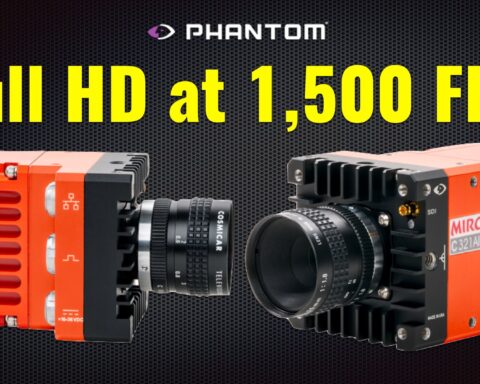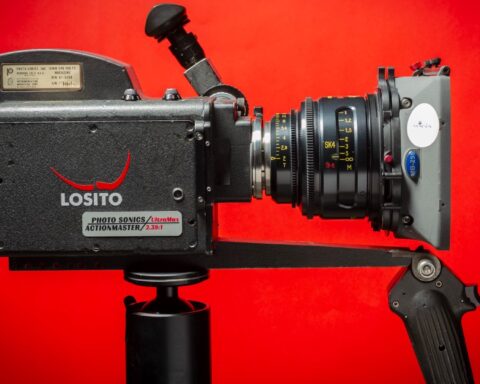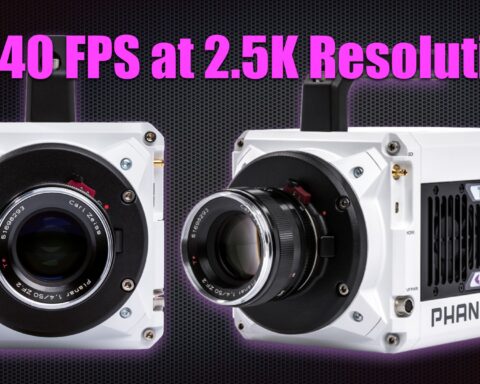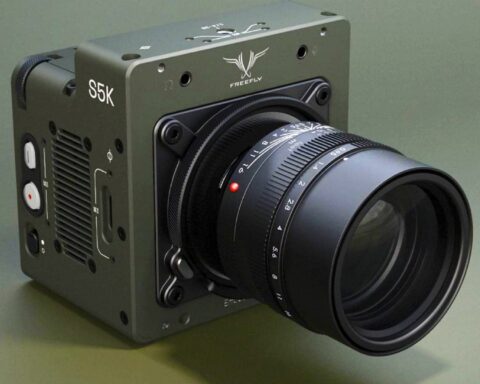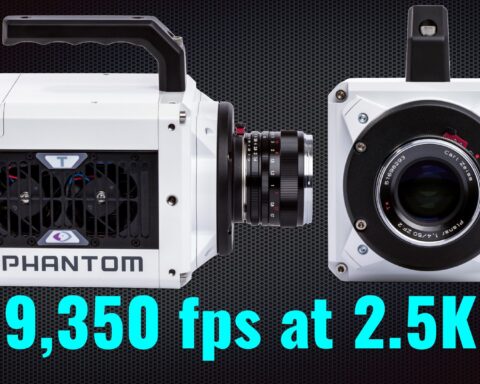The revolutionary Phantom Miro LC320S was introduced by Vision Research 10 years ago. Till today, this camera comprises a major breakthrough when ultra-high-speed cinematic imagery is required. Read on about this first-of-its-kind affordable’ and compact professional high-speed camera.

Phantom Miro LC320S
In 2012, Vision Research revealed the new Phantom Miro LC320S Digital Cinema High-Speed Camera. The Miro LC320S was invented to bring together the best of the two Phantom camera lines. The Phantom Flex, and its predecessor the HD Gold, introduced straightforward, on-camera controls and ease of use to digital high-speed imaging, while Miro cameras offer the same uncompressed RAW HD high-speed capture in a small, lightweight package. The Phantom Miro LC320S delivered an optimal combination of speed, portability, and image quality. With the built-in LCD screen, the camera can be operated as easily as most handheld cameras.

The Miro 320S family
The LC320S is the more advanced camera in the Miro family which is characterized by a compact structure. There are three 320S models: M320S, rugged R320S, and fully-featured LC320S. The recording time is very limited to just a couple of seconds — Note that this camera can record in uncompressed raw, which is one of the best raw exist. The quality of the images is absolutely stunning — it captures time accurately. And that justifies Vision Research’s slogan: “When it’s too fast to see and too important not to”.
‘Affordable’ price tag
The Miro LC320S was offered as a compact, friendly, and affordable professional high-speed camera. As you know, Phantom cameras’ prices are not for the faint-hearted. However, back then, the Phantom Miro M-Series camera line could range from $45,000 to $60,000 depending on specific model and features. As for today, there are barely LC320S for sale. Nevertheless, you can rent the LC320S on ShareGrid for $1,500-$2,00 USD per week.

Full HD at 1,500 FPS
At full FPS the camera records only to RAM, and then it transfers internally to SSD cards. Basically, the Miro M line opened up the phenomenal power of Phantom high-speed digital cameras to more filmmakers with various applications. The top-of-the-line LC320S can capture up to 1,500 frames per second at 1920×1080 resolution. Each Miro M-Series camera is compatible with Vision Research’s CineFlash storage technology. These removable, non-volatile storage devices slide into the camera body and provide a way to quickly save shots from the camera’s memory without the need for time-consuming and costly downloads. Furthermore, the Phantom Miro M-Series supports four lens mounts: F-, C-, PL- or EOS. EOS mounts allow the use of Canon EF and EF-S lenses. Adjust lens aperture and focus remotely using the PCU Control Unit for Phantom or the Phantom Camera Control software.
Key Features of the Miro LC320S
- Max recording of 1500 fps at 1920×1080 resolution.
- Includes flip-out LCD touchscreen for on-camera image monitoring and control- That’s where the name came from (Liquid Crystal). That feature simplified the complex operation of professional high-speed cameras.
- Effectively reduces the weight of the camera.
- Responsive and intuitive controls for camera operation including record, trigger, trim, playback and save to Cineflash.
- Adjustment of nearly all camera parameters like frame rate, shutter angle, resolutions, and color balance.
- CineFlash storage technology – Record to non-volatile storage devices and download using docking station (included) and Phantom Camera Control Software.
- Immediate playback.
- Available in multiple lens mounts: F-, C-, PL, and EOS.
- Sensor Dimensions: 19.2mm x 12mm – 10 µm pixel size with global shutter
Summary
The Phantom Miro 320S family and especially the LC model can be defined as an important milestone in high-speed cinematography. The compact form factor, easiness of usage, and relatively affordable price tag allowed simplifications of capturing ultra-high FPS on cinematic production. Since then, Vision Research has further developed the Miro series by adapting it to be utilized in scientific and automotive applications, making the cameras even smaller. Generally speaking, Vision Research is being focused lately on high-speed scientific implementation than on cinematography applications. However, as explained, you can still find cameras like the Miro LC320S mainly on rental houses. Although nowadays you have other alternatives to capture ultra-high-speed imagery at 1080p resolution, the quality of the Miro 320S still wins.



